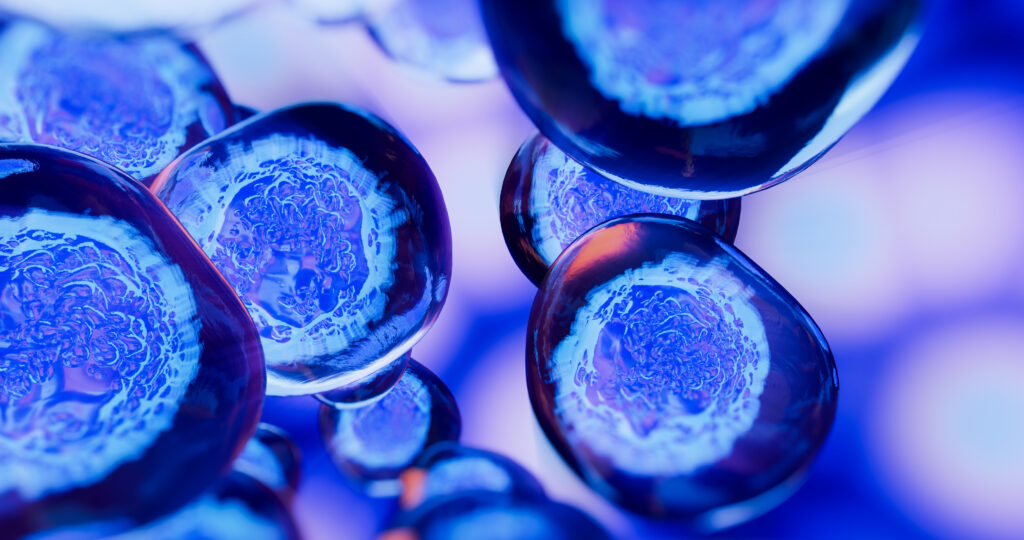
Cells produce proteins that serve different purposes in maintaining human health. These bioactive secretions range from growth factors to antibodies to cytokines and vary between different types of cells. Even within a certain cell type, however, there are individual cells that produce more secretions than others, a phenomenon that especially interests scientists studying cell-based therapies. In contrast to molecular therapies, which typically involve specific genes or proteins, a primary challenge to crafting cell therapies is the wide range of functional outputs seen in cells that have the same genetic template. This leads to the question of what molecular properties, from a genomic and transcriptomic perspective, would lead one cell to produce more of a protein than its companions.
There have been few investigative strategies put forth that allow scientists to connect a cell’s characteristics and genetic coding with its secretions. In July 2023 a team of scientists published a paper in Nature Communications outlining an innovative solution: little hydrogel particles, or “nanovials”, that essentially serve as tiny test tubes and can be used to measure protein secretion, track transcriptome data, and identify relevant surface markers in a single cell.
Continue reading “The Tiniest Test Tube: Studying Cell-Specific Protein Secretion”